Name Johan Runeberg Role Poet | Movies Sven Tuuva the Hero | |
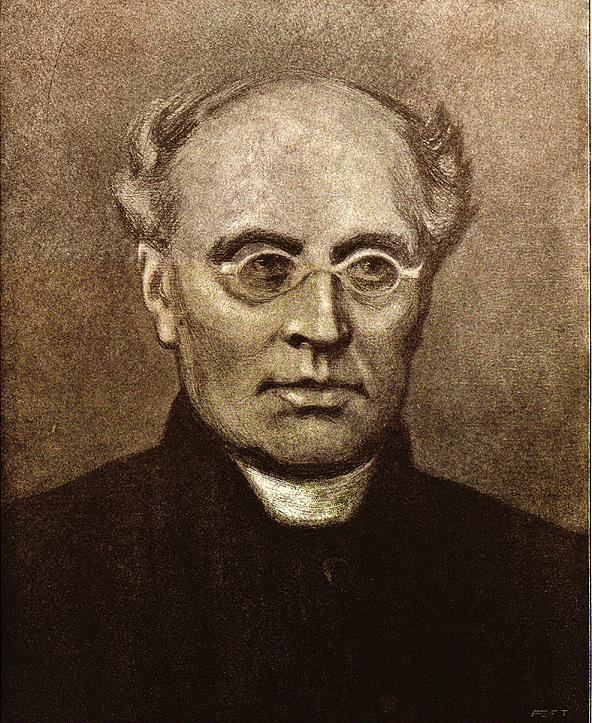 | ||
Books The Tales of Ensign Stal, Hanna Children Johan Wilhelm Runeberg, Walter Runeberg Similar People Zachris Topelius, Jean Sibelius, Elias Lonnrot, Fredrik Pacius, Albert Edelfelt | ||
M.Kostolomov "Johan Ludvig Runeberg - suomen runouden hetkiä"
Johan Ludvig Runeberg ([ˈjuːhan ˈlʊdvɪɡ ˈrʉːnəbærj]; 5 February 1804 – 6 May 1877) was a Finno-Swedish lyric and epic poet. He is the national poet of Finland and the author of the lyrics to Vårt land (Our Land, Maamme in Finnish) that became the Finnish National Anthem. Runeberg was also involved in the modernization of the Finnish Lutheran hymnal and produced many texts for the new edition.
Contents
- MKostolomov Johan Ludvig Runeberg suomen runouden hetki
- Sorg och gl dje andrea tarrodi johan ludvig runeberg
- Background
- Poetry
- Selected works
- Personal life
- Legacy
- References
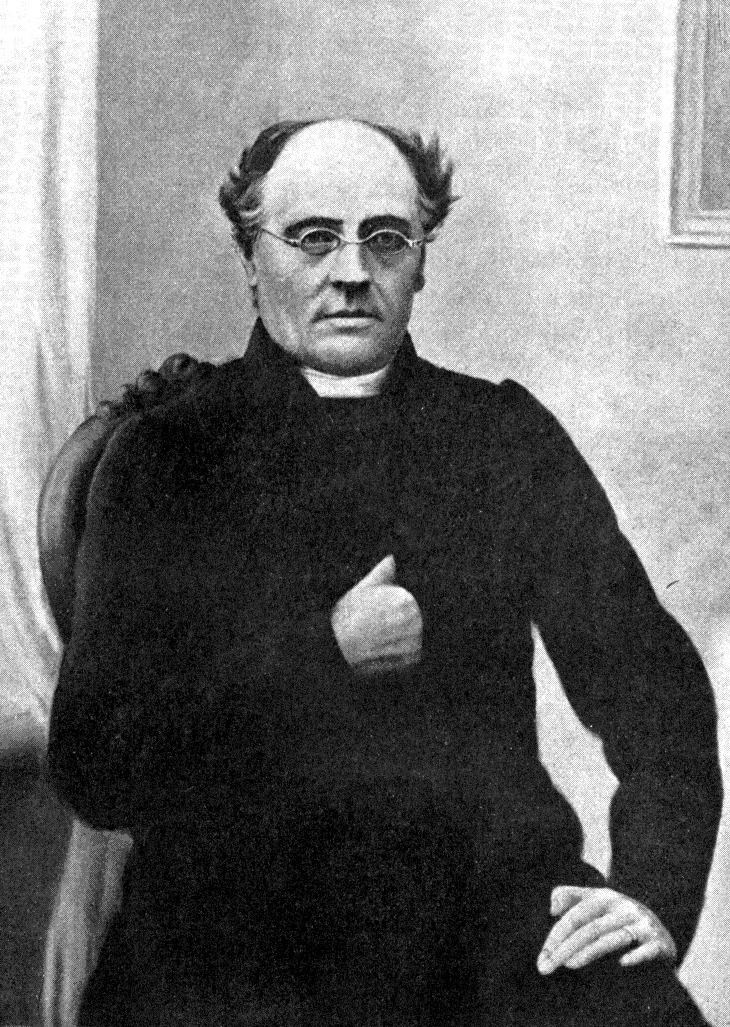
Sorg och gl dje andrea tarrodi johan ludvig runeberg
Background
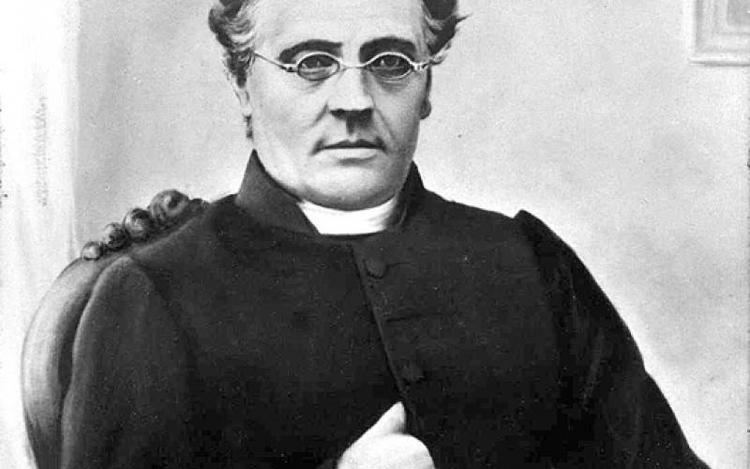
Runeberg was born into a Swedish-speaking family in Jakobstad, on the shores of the Gulf of Bothnia. At the age of eight, Runeberg was sent to live with his uncle and attend school in Oulu. Runeberg studied in the city of Vaasa, later on at the Imperial Academy of Turku, where he befriended Johan Vilhelm Snellman and Zacharias Topelius. His studies concentrated mainly on the classical languages of Latin and Greek. He earned a Master of Philosophy during 1827. He served as a tutor (1822-1826), docent at the Imperial Alexander University (1830) and teacher at the Swedish-language Helsingfors Lyceum (1831-1836). From 1837 he lived in Porvoo, where he served as professor of Latin literature in the Gymnasium of Porvoo. Finnish salon hostess Natalia Castrén (1830-1881) was a member of his cultural circle.
Poetry
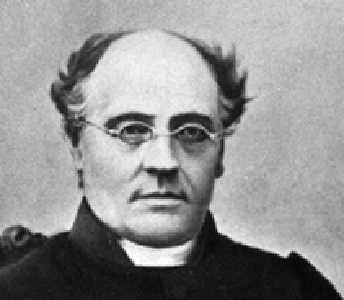
Many of his poems deal with life in rural Finland. The best known of these is Bonden Paavo, (Farmer Paavo, Saarijärven Paavo in Finnish), about a smallholding peasant farmer in the poor parish of Saarijärvi and his determination, "sisu" (guts) and unwavering faith in providence in the face of a harsh climate and years of bad harvests. Three times, a frosty night destroys his crops. Every time, he mixes double the amount of bark into his bark bread to stave off starvation and works ever harder to dry off marsh into dryer land that would not be as exposed to the night frost. After the fourth year, Paavo finally gets a rich crop. As his wife exults, thanks God and tells Paavo to enjoy full bread made entirely out of grain, Paavo instructs his wife to mix bark into grain once more, because their neighbour's crop has been lost in a frost and he gives half of his crop to the needy neighbour.
Selected works
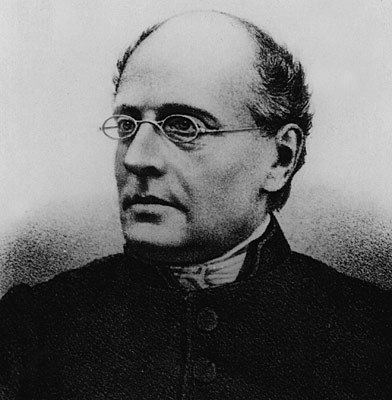
Runeberg's main works included the idealist poem Älgskyttarna (Elk Hunters, 1832) and the epic Kung Fjalar (King Fjalar, 1844). The heroic poem Fänrik Ståls Sägner (The Tales of Ensign Stål, Vänrikki Stoolin tarinat in Finnish) written between 1848 and 1860 is considered the greatest Finnish epic poem outside the native Kalevala tradition and contains tales of the Finnish War of 1808–09 with Russia. In the war, Sweden ignominiously lost Finland, which became a Grand Duchy in the Russian empire. The epic, which is composed episodically, emphasizes the common humanity of all sides in the conflict, while principally lauding the heroism of the Finns. The first poem Vårt land (Our Land, Maamme in Finnish) became the Finnish National Anthem.
Personal life

He was married to his second cousin Fredrika Runeberg, née Tengström, who wrote poems and novels. They were the parents of eight children, including their eldest son the sculptor Walter Runeberg.
Legacy
Runeberg Day (Runebergin päivä) is celebrated annually on February 5, the day of Runeberg's birth. A pastry flavored with almonds called Runeberg's torte (Finnish: Runebergintorttu; Swedish: Runebergstårta) is generally available in stores from the beginning of January until February 5.
There is a statue of Johan Ludwig Runeberg by his son Walter Runeberg is located on Esplanadi in the heart of Helsinki.
Runeberg was selected as the main motif of the Finnish commemorative coin, the €10 Johan Ludvig Runeberg and Finnish Poetry commemorative coin. It was minted in 2004 celebrating the 200th anniversary of his birth. The obverse of the coin features a stylized portrait of Runeberg's face. The reverse features an 1831 font sample from the Swedish language newspaper Helsingfors Tidningar, since Runeberg wrote most of his work in Swedish.
